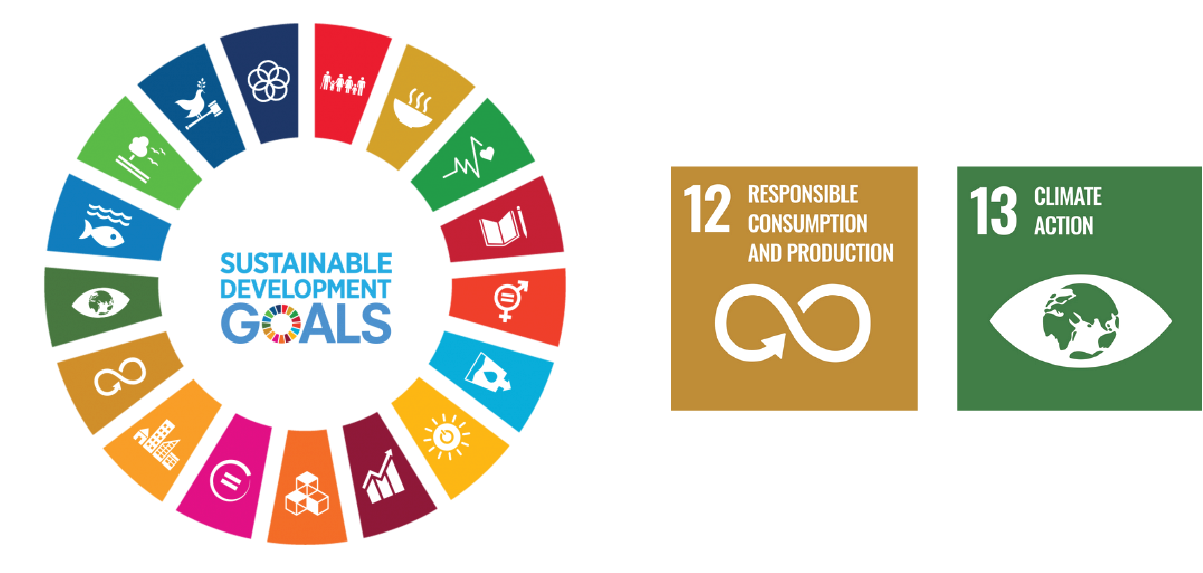The Future is Circular
Waste – remade.
Remaking product waste into resources to support Australia’s Circular Economy
Pioneers are reconfiguring and disrupting the way we think about delivering goods and services; shifting the way we extract, make, consume and repurpose the material in our products to ensure emissions are reduced and resources are efficiently used and kept in circulation as long as possible.
Source:
The manufacturing of
products is a major contributor to global climate warming.
The world has woken up to the climate crisis, the effects of which are already being felt. The greenhouse gas emissions causing climate change are a product of our ‘take-make-waste’ extractive economy, which relies on fossil fuels and does not manage resources for the long-term.
To date, efforts to tackle the crisis have focused on a transition to renewable energy, complemented by energy efficiency. Though crucial and wholly consistent with a circular economy, these measures can only address 55% of emissions.
The remaining 45% comes from producing the cars, clothes, food, and other products we use every day. These cannot be overlooked. The circular economy can contribute to completing the picture of emissions reduction by transforming the way we make and use products.
Source:
COMPLETING THE PICTURE HOW THE CIRCULAR ECONOMY TACKLES CLIMATE CHANGE.
ELLEN MACARTHUR FOUNDATION (2019)
Emissions from the production of five basic industrial materials: steel, cement, plastic (and other chemicals), paper, and aluminium
– account for 20% of global CO₂ emissions.
Source:
Stockholm Environment Institute (SEI)
Global issues. Local solutions.
The Circular Economy
The Circular Economy is an inclusive economic paradigm that aims to minimise pollution and waste, extend product life cycles, and enable broad sharing of physical and natural assets.
It strives for a competitive economy that creates green and decent jobs and keeps resource use within planetary boundaries.
Source:
United Nations Economic Commission for Europe (UNECE)
The circular economy is an innovative model for rethinking our approach to products and services.
UN Sustainable Development Goals
The 2030 Agenda for Sustainable Development, adopted by all United Nations Member States in 2015, provides a shared blueprint for peace and prosperity for people and the planet, now and into the future.
At its heart are the 17 Sustainable Development Goals (SDGs), which are an urgent call for action by all countries - developed and developing - in a global partnership.
They recognise that ending poverty and other deprivations must go hand-in-hand with strategies that improve health and education, reduce inequality, and spur economic growth – all while tackling climate change and working to preserve our oceans and forests.
Acknowledgment of Country
We respect and honour Aboriginal and Torres Strait Islander
Elders past, present and future. We acknowledge the stories, traditions and living cultures of
Aboriginal and Torres Strait Islander peoples on this land
and commit to building a brighter future together.





